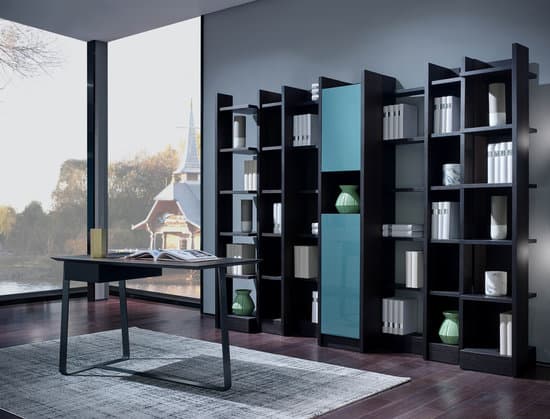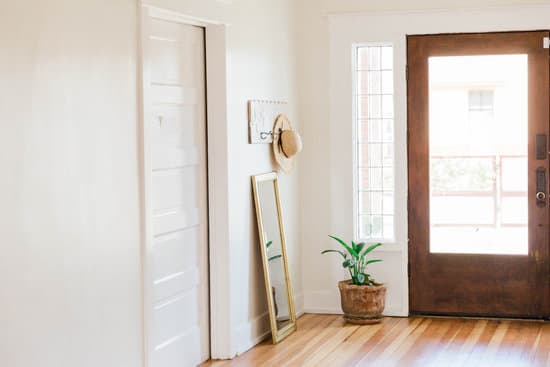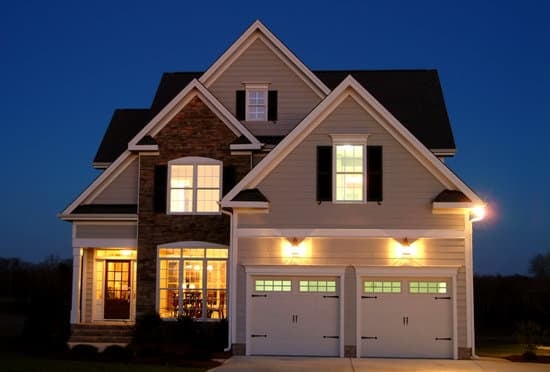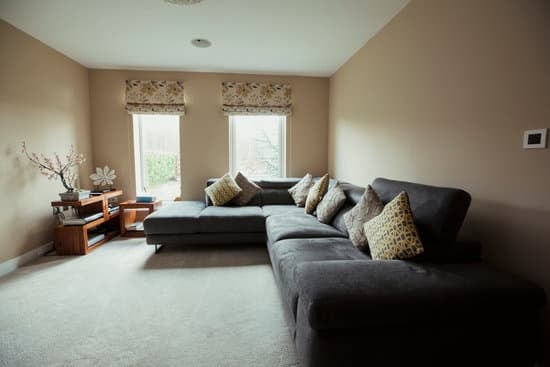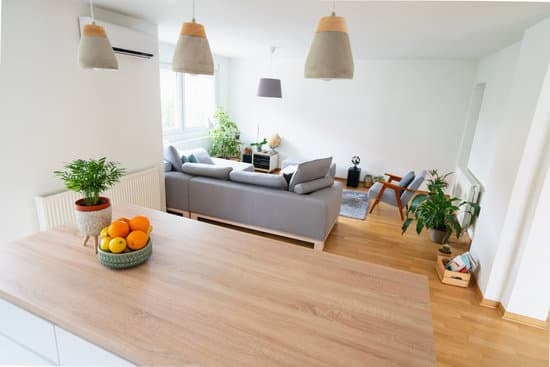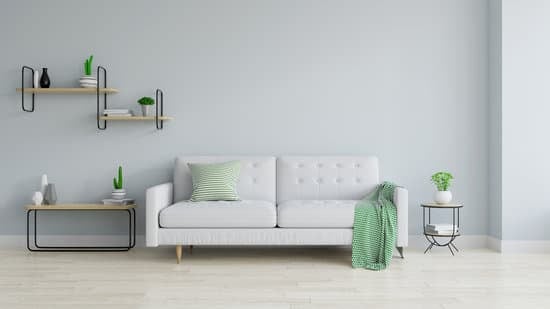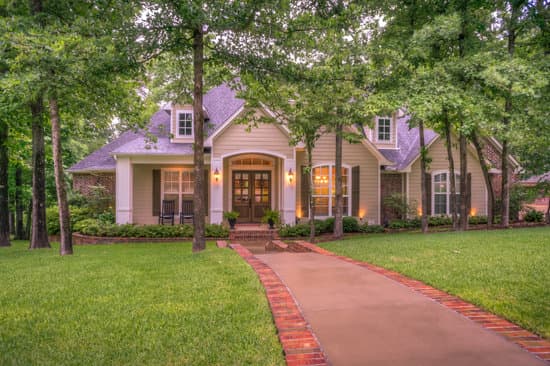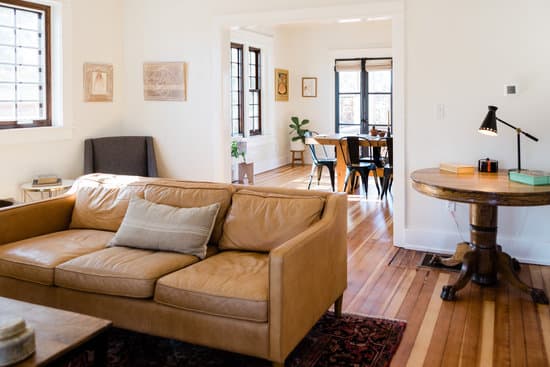Yes, it is possible to run your house off a wind turbine. Utilizing energy from micro-wind and small-wind turbines, wind power can be harnessed to produce electricity. Small or micro-wind turbines in an open location, such as a backyard or rooftop, could generate enough energy to power the lighting and electrical appliances of the typical home.
Here are some key points to consider when planning to run your home off a wind turbine:
Assess the feasibility of wind energy: Check the average wind speed in your area to determine if it is a viable source of energy. A minimum of 5-6 meters per second is usually required to make wind energy worth the investment.
Determine the size and type of turbine: The size and type of turbine you need will depend on your electricity usage and wind conditions. Small turbines can generate 100 watts to 10 kilowatts, while larger turbines can produce 100 kilowatts or more and may be suitable for powering a community.
Consider the cost and maintenance: Wind turbines can be expensive to install, and maintenance can also be costly. It’s important to factor in the upfront and ongoing costs before deciding if wind energy is right for your home.
Check local regulations: Local ordinances and zoning laws may restrict the installation of wind turbines in certain areas. Be sure to check for any permitting or zoning requirements before beginning any installation.
In summary, running your home off a wind turbine is possible with careful planning and consideration of the feasibility, size, cost, maintenance and local regulations. It may be worth exploring as a sustainable and eco-friendly option for your home’s energy needs.
